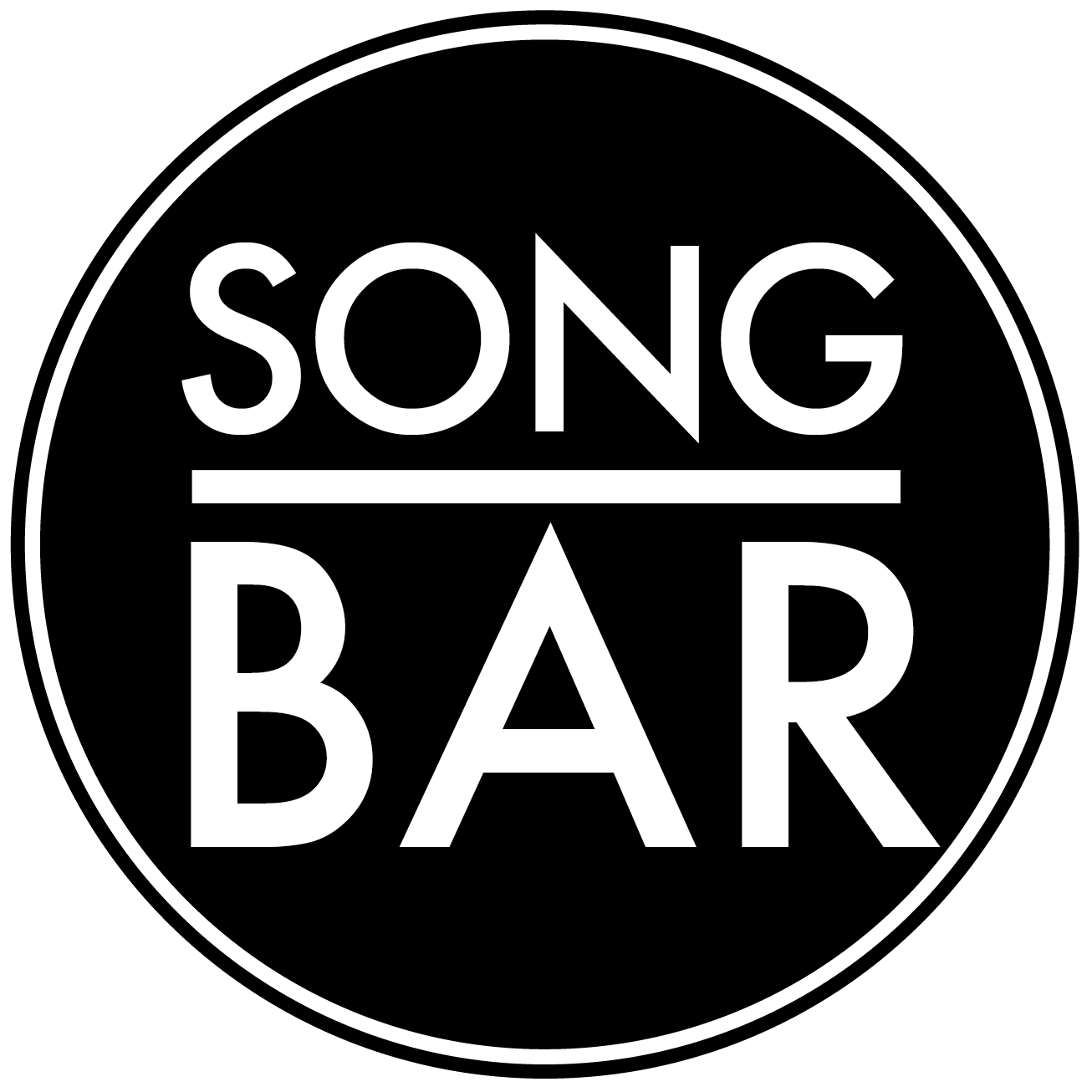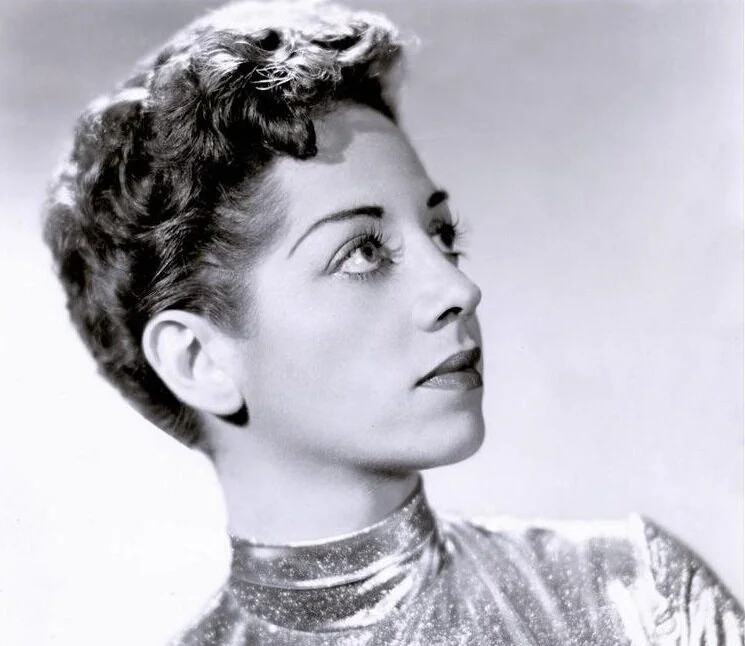By pejepeine
Words Do Not Suffice
Non-verbal singing is common to all cultures, instantly accessible by almost any human and may even transcend species. We use it because we’re mimics, because we’re clowns, because we love using our voices, and because we experience profound and intense feelings that words fail to express.
I love the things you learn from doing the guru’s job here, and this week they’ve included David Crosby (who I’d never got around to before); some amazing Indian konnakol performances; incredible jazz singers and the outrageously weird sound of throat singing.
But to start let’s saddle up. Cowboys ride the range with ornery steers and tumbleweeds, far from the edelweiss and valleys of the Tyrol, so it’s a mystery why they yodel so much. But yodel they do, and here’s Jimmie Rodgers’ Yodeling Cowboy to prove it.
Scat singing dates back well before Louis Armstrong, and has proved remarkably adaptable, from the humorous nonsense songs of Slim Gaillard to Dizzy Gillespie’s bop stylings. But most would agree that it was Ella Fitzgerald who really popularised the from, as well as mastering it to an incredible degree. Listen to her Flying Home.
The 50s saw scat singing going mainstream, as well as vast amounts of easy listening and exotica records that were perfectly adapted to the new long-player format, and upon which lyrics were, if anything, a distraction from the ambient intention. Bas Sheva’s Lust, an astonishingly dramatic piece of music performed with Les Baxter’s Orchestra, shows just how wild things could get in the tiki lounge.
In 50s Paris, Jacques Loussier showed that Bach could swing, establishing the composer as one of the most universal influences on the 1960s. An American in Paris, Ward Swingle, founded a vocal group who scatted Johann Sebastian, and the Swingle Singers version of Fugue in G Minor still sounds fresh and brilliant today.
The early 60s,,just before the beat explosion crushed everything in its path, was a hugely open-minded period, with artists seeking inspiration from all over the world. Karl Denver’s Wimoweh is a brilliant example, a version of Solomon Linda’s South African hit that dispenses with words entirely in favour of sheer yodelling, growling, yelping madness. This performance by Karl and his trio in the mid-70s, after they’d bought a wah-wah pedal, is quite something.
There’s a whole collectors’ genre called shabadaba based on the wordless vocals that were perfect, non-distracting background music for films. Frances Lai’s Theme for the gloriously romantic film Un Homme et Une Femme is almost certainly the most influential, although Italian composers probably took the idea to its furthest limits.
Barbara Moore was a member of The Ladybirds, the BBC’s go-to female backing group, but was also a talented composer and arranger operating in the world of library music. Her album Vocal Shades and Tones is a sought-after cult classic, and Hot Heels is a highlight. See a hugely entertaining interview with Barbara here.
The Beach Boys took wordless backing harmonies to new levels, with a thrilling update on the close harmony sound, doo wop’s vocal gymnastics and scat. By 1968, however, the tide was low and they seemed to take comfort in simple, comforting tunes such as the wordless Passing By. There’s still an unsettling moogy buzz that turns up later, though.
David Crosby’s Song With No Word’s (Tree With No Leaves), a glorious west coast sunset of a song, doesn’t need a single word to get its message across.
Robert Wyatt is another artist who has frequently transcended language. Instant Pussy by Matching Mole features him wailing, ululating, croaking in multiple overdubs. It’s a track that still sounds utterly new and modern.
To the frozen north, and Torgeir Vassvik, an “Arctic soundpoet” from the Sámi region of Norway. Le Grand Noir / Čáhppat features overtone throat singing and joiking, and is ominously beautiful.
Tanya Tagaq’s Inuit throat singing is an immediate, visceral sound, and Uja blends it with a thumping, percussive backing track for a physical experience that goes way beyond words.
Finally, Adjagas are Sámis from subarctic Norway, and their name is their language’s word for a state between sleeping and waking. Mun Ja Mun reflects that state perfectly, with a soothing, fascinating use of joik singing.
The Aah-Aah-Eeee! A-List Playlist:
Jimmie Rogers – Yodeling Cowboy
Ella Fitzgerald – Flying Home
Bas Sheva – Lust
Swingle Singers –Bach’s Fugue in G minor
Karl Denver – Wimoweh
Francis Lai – Theme from Un Homme Et Une Femme
Barbara Moore – Hot Heels
David Crosby – Song With No Words / Trees With No Leaves
The Beach Boys – Passing By
Matching Mole – Instant Pussy
Torgeir Vassvik – Le Grand Noir/Cáhppat
Tanya Tagaq – Uja
Adjagas –Mun ja Mun
The Bah-Bah-Di-Doo-Dah B-List Playlist:
Shawn Phillips – Remedial Interruption
Oscar Peterson Trio feat Clark Terry – Mumbles
Cab Calloway – Zaz Zuh Zaz
Nina Simone – Flo Me La
Henry Whitter – Henry Whitter’s Fox Chase
Julie Fowlis – Puirt-A-Beul Set
Cocteau Twins – Eggs And Their Shells
Bobby McFerrin –Circlesong: One
Milton Nascimento – Os Escravos de Jó
Bob Marley & The Wailers –Kaya Version
Selva Ganesh & Brothers – Konnakol
Sheila Chandra – Abonecronedrone 1
Paul Horn – Unity
Guru’s Wildcard Eastern Bloc Scat Picks:
Novi Singers – Torpedo
Collage – Kõrgel Katusel
These playlists were inspired by readers' song nominations from last week's topic: A very sound idea: songs with wordless vocals. The next topic will launch on Thursday at 1pm UK time.
New to comment? It is quick and easy. You just need to login to Disqus once. All is explained in About/FAQs ...
Fancy a turn behind the pumps at The Song Bar? Care to choose a playlist from songs nominated and write something about it? Then feel free to contact The Song Bar here, or try the usual email address. Also please follow us social media: Song Bar Twitter, Song Bar Facebook. Song Bar YouTube. Subscribe, follow and share.

